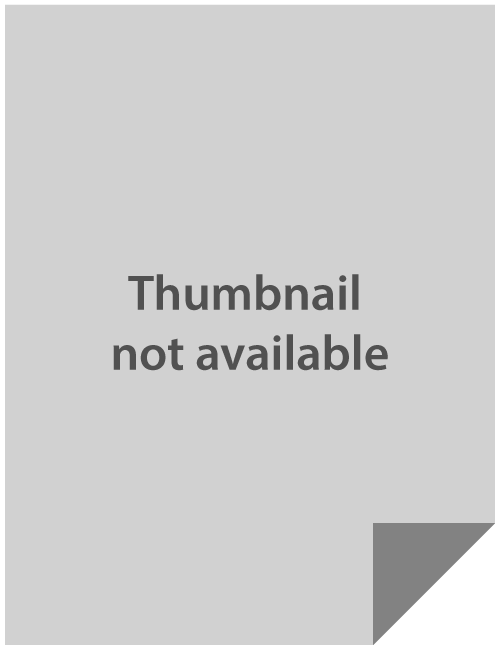DFID Nutrition sensitive aquaculture and horticultural activities of Suchana, WorldFish Quarterly Progress Report 2020 April -June

WorldFish is leading the nutrition sensitive fisheries and aquaculture components of Suchana program. It comprises nutrition sensitive aquaculture and fisheries interventions along with the coverage of half (50%) of the beneficiary households for vegetable gardening to improve nutrition status of women of reproductive ages and children less than two years in Sylhet and Moulvibazar districts. WorldFish is committed to “contribute to increased production and consumption of nutritious fish and vegetables in homestead or leased ponds, land and through utilizing public and private water bodies/wetland potentials-Pillar 3”. Considering the topography, agro-ecological and social contexts of the targeted areas, different technologies have been adopted to promote the nutrition sensitive fish culture in the ponds and vegetables cultivation at the pond dykes including the homestead. Based on expectations from the beneficiary households, poultry has also been incorporated especially for some of the households those have pond but pond’s water areas are less than three decimals per household and those were targeted who have no ponds but potentials for subsistence fishing interventions. All these interventions are also addressing the climate resilient issues. WorldFish is also emphasizing the access of nutrition specific activities towards promoting the diversified diets.
Based on the declaration of lockdown situation from the Government of Bangladesh and decisions from the Suchana consortium to address the Covid-19 pandemic, most of the field activities were temporarily suspended since 27th March 2020. Since beginning WorldFish team members were continuing close contact with the technical and implementing partners of Suchana consortium, government department especially Department of Fisheries (DoF) and BHHs to continue some doable activities at the field either using virtual platform or where physical was possible. Then gradually, Suchana team have restarted with some the doable field activities in recent months. Accordingly, the entire staff members of implementing partners and technical partners have re-started some field activities at green zones where no significant outbreak of COVIT -19 or comparatively limited risks and communities are also interested to participate and/or receiving the interventions. Accordingly, within the reporting quarter, 180 IGA-BHHS, 38 Dem-pond operators and 1,807 BHHs have received HFP inputs for their allocated inputs. Before receiving the inputs, they also received some informal on spot technical briefing on immediate activities as most of the formal training activities which are challenging to conduct through maintaining the social distancing. It is notable that out of 180 BHHs, 104 BHHs have received inputs on pond fish culture and 76 BHHs have received on inputs on open water fishing. BHHs related to pond fish culture have received lime, fingerlings and fish feed; and remaining BHHs linked with open water fishing have received local fishing boat and some fishing gears like fishing nets. These achievements were mainly at CNRS and FIVDB areas and 104 BHHs are at CNRS working areas and 76 BHHs are at FIVDB working areas. Out of 1,807 HFP-BHHs, 544 BHHs have received quality fingerlings, and related lime and fish feed supports for nutrition sensitive aquaculture only, and 164 BHHs have received quality fingerlings and relevant supports for nutrition sensitive aquaculture in addition to the small-scale poultry rearing supports as the part of integrated production model especially those BHHs had access to pond but that was less than three decimals water area per BHHs. Other 94 BHHs have received inputs on subsistence fishing opportunities, and remaining 1,005 BHHs have received inputs on subsistence fishing along with small-scale poultry rearing. Subsistence fishing opportunities are included small fishing net and/ or bamboo-made fishing traps based on the choice of individual BHHs. The overall achievement was 30% compare to the AIP target for the reporting quarter (6,000 BHHs). However, the overall progress was slower due to current situation of COVID- 19. The remaining targets have been shifted in next quarters expecting the situation will be improved.
Permalink
Date Available
Type
Countries
Copyright
CC-BY-NC-4.0
Topics
Language